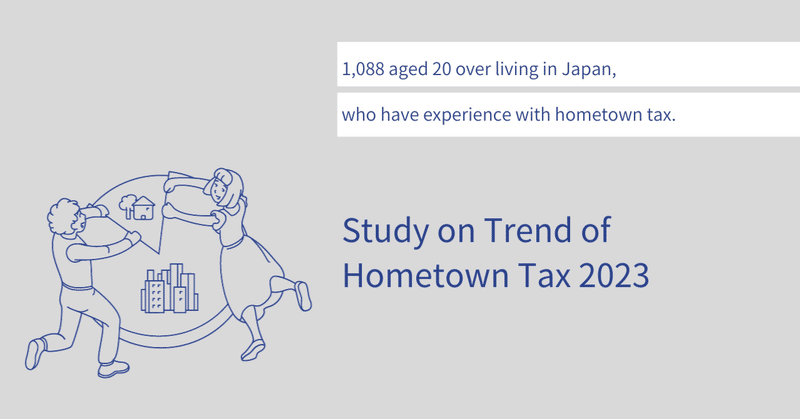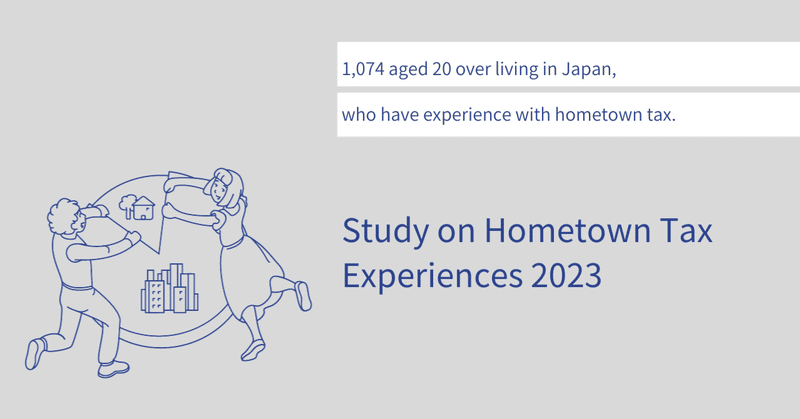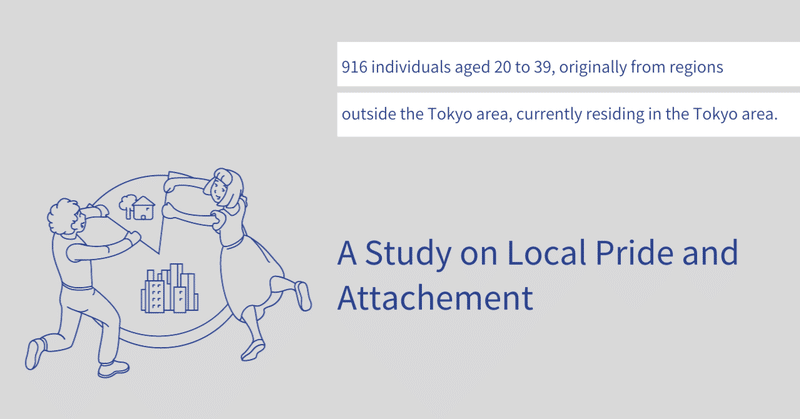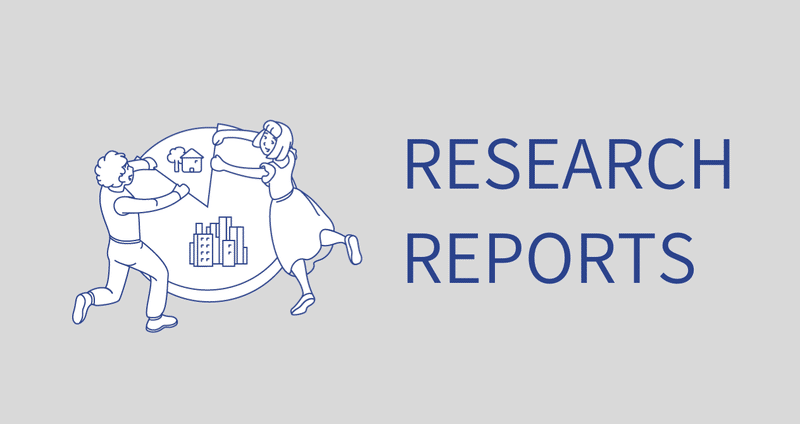
- 運営しているクリエイター
記事一覧

【Research Report】Study on the Awareness of Young People Regarding Rural Areas 2024
Summary Young people express a desire for rural life at a rate of 45.6% (combining "strongly desire" and "somewhat desire"). The main reasons are "attraction to the slow life in rural areas" (49.0%), "desire to escape urban bustle" (32.9%)

【Research Report】Study on Regional Disparities in Child-Rearing Environments and Attitudes Toward Government Support 2024
Summary 64.7% are satisfied with the child-rearing environment in their current area of residence. The top elements of satisfaction, in order, are "public safety," "natural environment and parks," and "subsidies and grants provided by loca
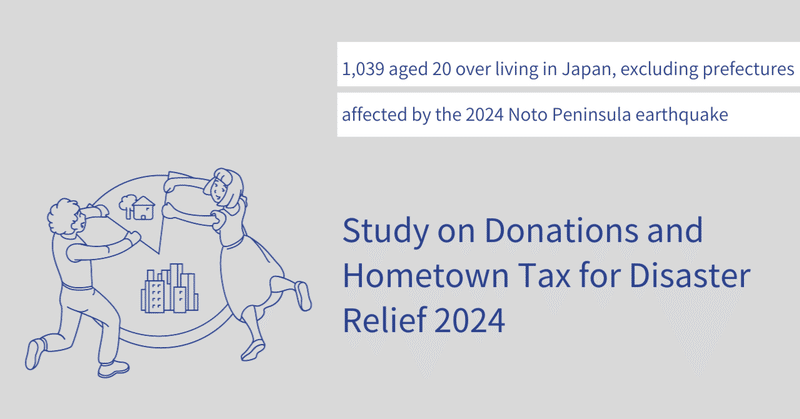
【Research Report】Study on Donations and Hometown Tax for Disaster Relief 2024
Summary 56.8% have made monetary donations for disaster relief. Many respondents have donated 2 or 3 times in years such as 2011 (the Great East Japan Earthquake), 2016 (the Kumamoto Earthquake), and 2024 (the Noto Peninsula Earthquake). R
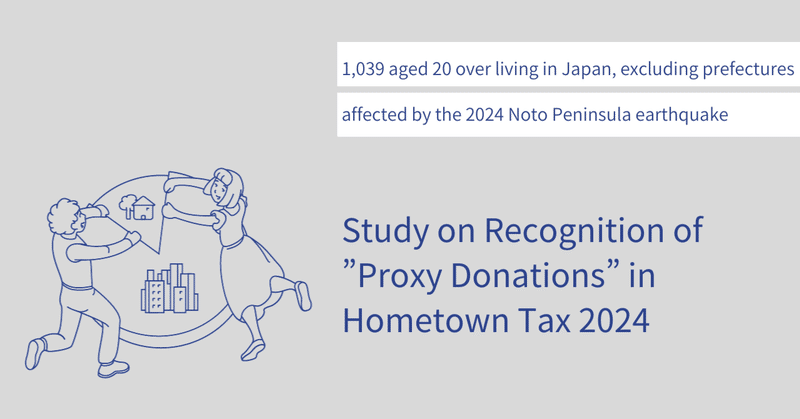
【Research Report】Study on Recognition of ”Proxy Donations” in Hometown Tax 2024
Summary 26.4% are aware of “proxy donations”, in which a municipality unaffected by the disaster collects relief donations through the hometown tax on behalf of the affected municipality to reduce the paperwork burden on the affected muni
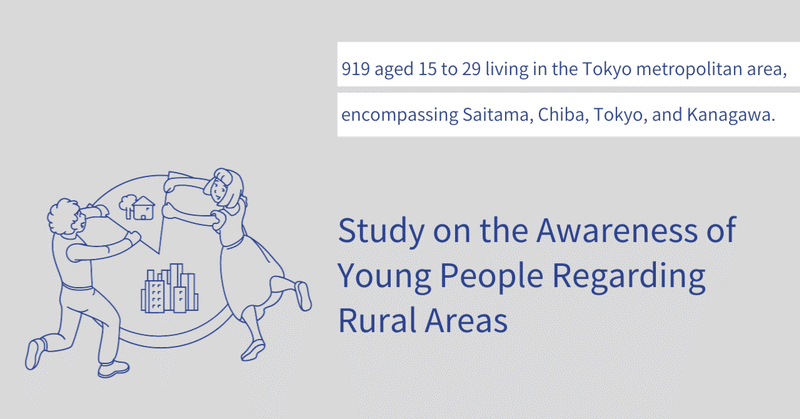
【Research Report】Study on the Awareness of Young People Regarding Rural Areas
Summary Young people in the Tokyo area express a desire for rural life at a rate of 49.3%. Among them, 79.0% say that they want to "actually experience rural living," accounting for about 40% of the total. When considering rural living, 4
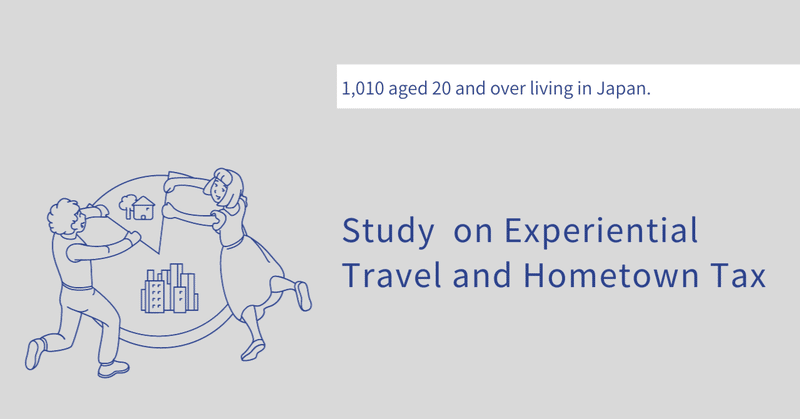
【Research Report】Study on Experiential Travel and Hometown Tax
Summary About 59.0% express interest in "wide-area tourism," which involves traveling while moving between two or more cities. Approximately 58% find experiential travel attractive. Popular themes include "food," "industrial experiences,"
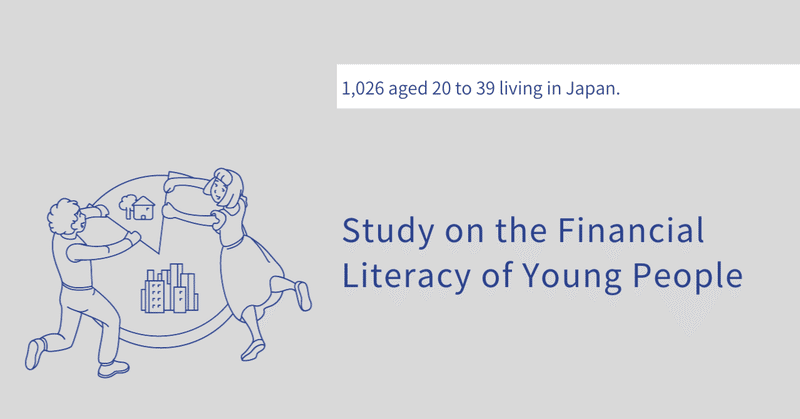
【Research Report】Study on the Financial Literacy of Young People.
Summary Approximately 40% of the younger generation derive satisfaction from consumption for purposes other than their own, such as friends, family, or society. Over 40% of young individuals with experience of donations say that they have
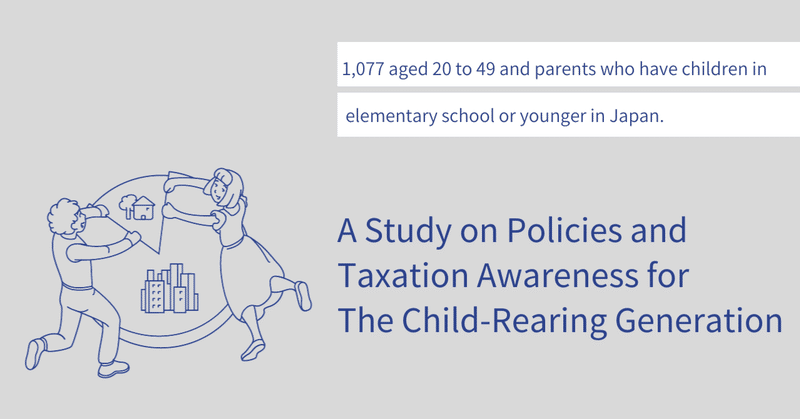
【Research Report】Study on Policies and Taxation Awareness for the Child-Rearing Generation
Summary When asked about what is needed in raising children, the top three items with the highest number of responses are "income" (68.6%), "employment environment" (45.5%), and "government and educational support" (43.1%). About 52.5% of
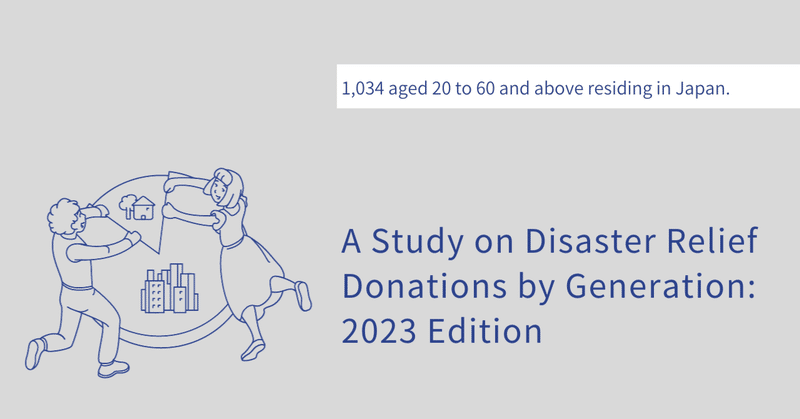
【Research Report】Study on Disaster Relief Donations by Generation: 2023 Edition
Summary Among those who have experienced donating during disasters, the highest percentage is in their 20s, at about 60%, followed by those in their 50s, at roughly half. Regarding donation methods, the experience of donating through stre




